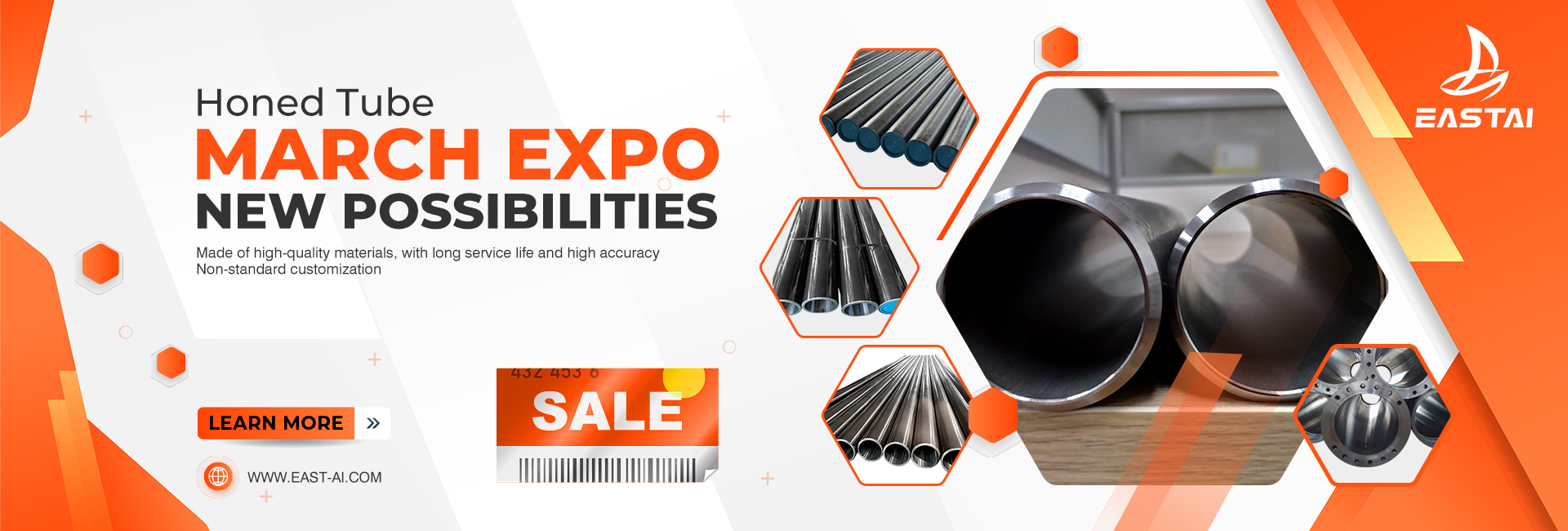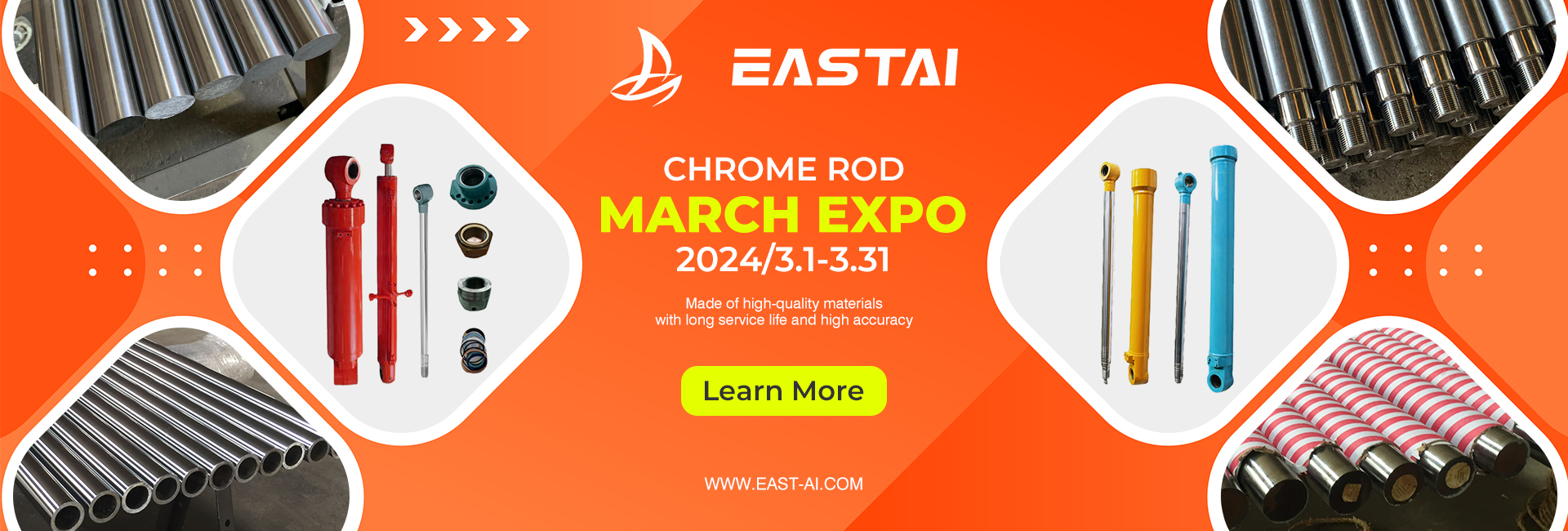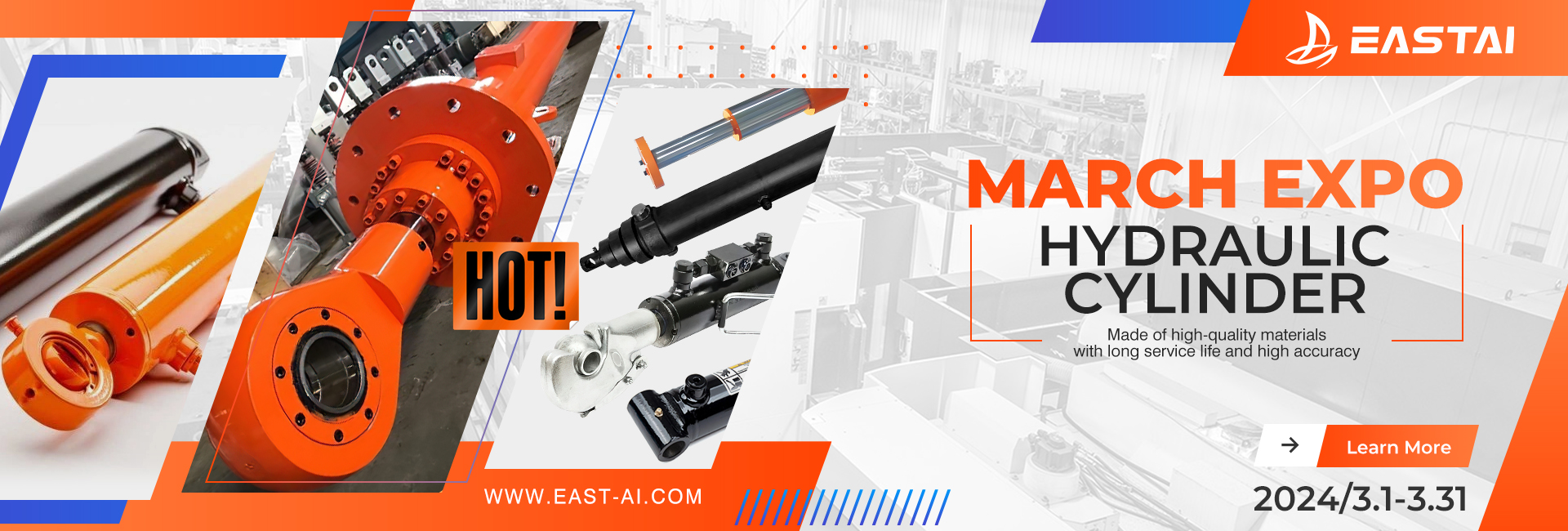Measures to Eliminate Hydraulic Clamping and Valve Sticking
A method and measure to reduce hydraulic clamping
1. Improve the processing accuracy of the valve core and valve body hole, and improve its shape and position accuracy. At present, manufacturers of hydraulic parts can control the accuracy of the valve core and valve body, such as roundness and cylindricity, within 0.003mm. Generally, hydraulic clamping will not occur when this accuracy is reached:
2. Open several pressure equalizing grooves with appropriate positions on the surface of the valve core, and ensure that the pressure equalizing grooves and the outer circle of the valve core are concentric:
3. The tapered shoulder is adopted, and the small end of the shoulder faces the high-pressure area, which is conducive to the radial centering of the valve core in the valve hole:
4. If conditions permit, make the valve core or valve body hole vibrate in the axial or circumferential direction with high frequency and small amplitude:
5. Carefully remove the burrs on the shoulder of the valve core and the sharp edge of the sinking groove of the valve hole to prevent damage to the outer circle of the valve core and the inner hole of the valve due to bumping:
6. Improve the cleanliness of the oil.
2. Methods and measures to eliminate other causes of stuck valves
1. Ensure a reasonable assembly gap between the valve core and the valve body hole. For example, for a 16 valve core and valve body hole, the assembly gap is 0.008mm and 0.012mm.
2. Improve the casting quality of the valve body and reduce the bending deformation of the valve core during heat treatment
3. Control the oil temperature and try to avoid excessive temperature rise.
4. Tighten the fastening screws evenly and diagonally to prevent the deformation of the valve body hole during assembly
Post time: Jan-28-2023




